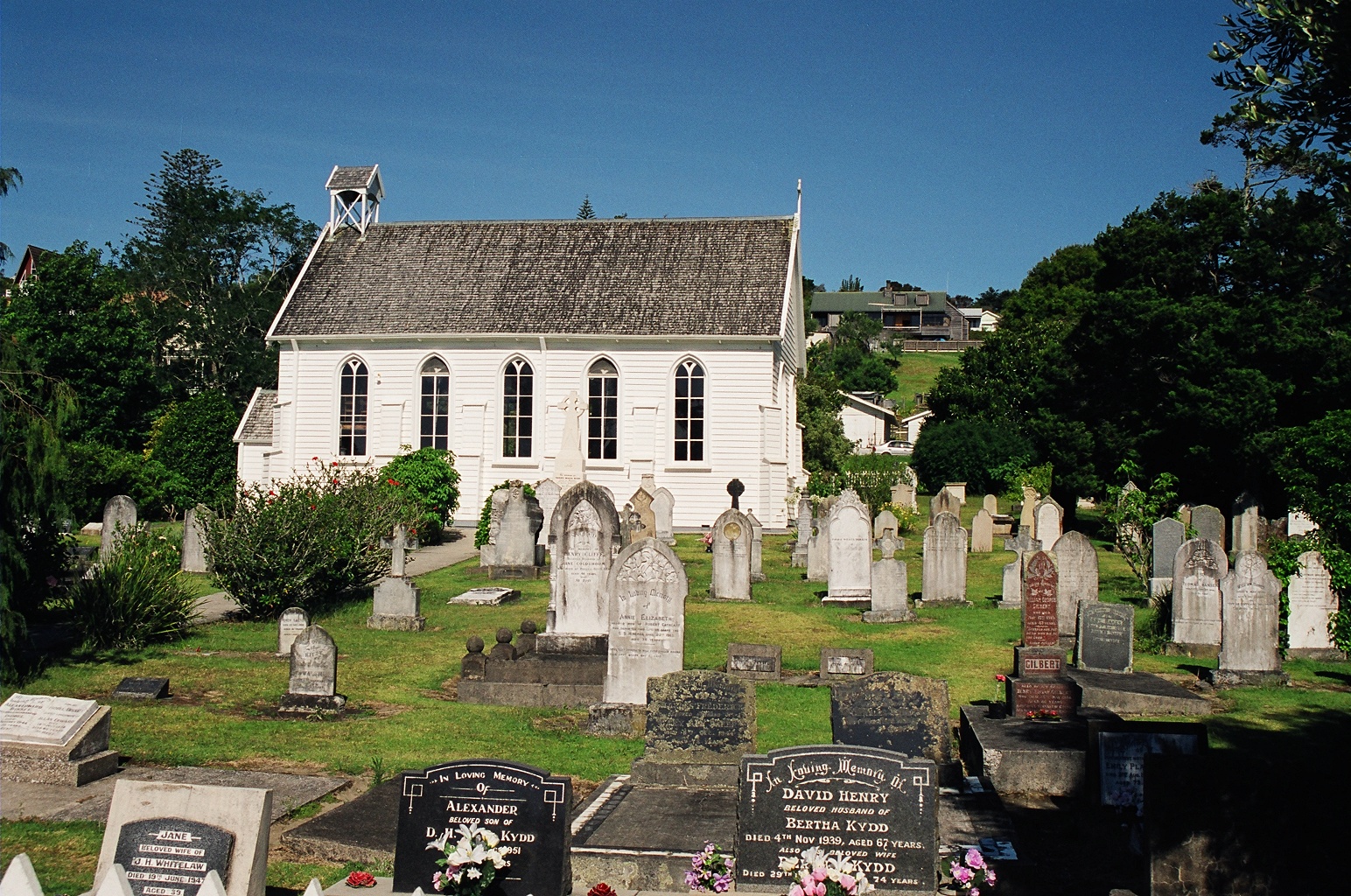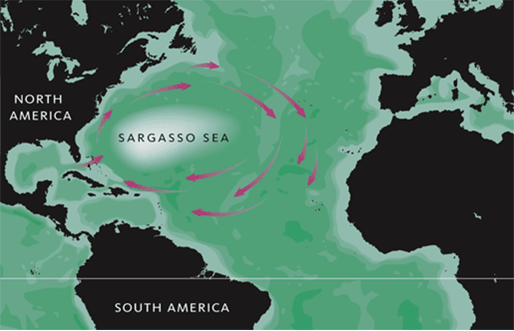|
Victor W. Lindauer
Victor Wilhelm Lindauer (1888–1964) was a New Zealand phycologist, collector and teacher. The son of New Zealand painter Gottfried Lindauer, he was born in 1888 in Auckland, and grew up in Woodville, spending a considerable part of his boyhood in the native bush. He trained as a teacher and after two years service in WWI with the US Army, he returned to New Zealand. In 1927 Lindauer married Elsie (née Lovell), and in 1931, after the births of four children, the family moved to Russell where he had been appointed headmaster of the primary school. In 1935, Josephine Tilden and a team of phycologists from the University of Minnesota came to Russell to collect seaweeds and enlisted his help to provide a place (the local school) to handle their material. They also invited him to participate, and thus began his lifelong quest to collect New Zealand seaweeds. The school children whom he taught collected for him and with him. Other schoolmasters were also enlisted, not only on th ... [...More Info...] [...Related Items...] OR: [Wikipedia] [Google] [Baidu] |
Russell, New Zealand
Russell, known as Kororāreka in the early 19th century, was the first permanent European settlement and seaport in New Zealand. It is situated in the Bay of Islands, in the far north of the North Island. History and culture Māori settlement Before the arrival of the Europeans, Russell was inhabited by Māori because of its salubrious climate and the abundance of food, fish and fertile soil. Russell was then known as Kororareka, and was a small settlement on the coast. The early European explorers like Britain’s James Cook (1769) and France’s Marion du Fresne (1772) have remarked that the area was quite prosperous. European settlement When European and American ships began visiting New Zealand in the early 1800s, the indigenous Māori quickly recognised there were great advantages in trading with these strangers, whom they called . The Bay of Islands offered a safe anchorage and had a large Māori population. To attract ships, Māori began to supply food and ti ... [...More Info...] [...Related Items...] OR: [Wikipedia] [Google] [Baidu] |
Champia Laingii
''Champia laingii'' is a marine red algal species endemic to New Zealand. It is a striking small seaweed, it is dark red but often shows an iridescent blue or green colour. It grows up to 40 cm and is often appears as a tangled mat. It is usually found around the edges of rock pools at low tide, but also grows on some of the big seaweeds. Habitat ''Champia laingii'' frequently disappears from localities for long periods. It is found near low-water mark at the edges of shallow pools often growing on (and sheltered by) ''Carpophyllum maschalocarpum'', '' Xiphophora chondrophylla'', and sometimes on '' Zonaria sinclairii''. It also attach is found attached to fragments of shell, sand, and rock. The plant seems to prefer shallow pools and channels on roughly horizontal platforms having running water. Type specimen The type specimen was found on Long Beach, at Russell, in the Bay of Islands by Vincent Wilhelm Lindauer (AK 143927). References External links''Champia laingii ... [...More Info...] [...Related Items...] OR: [Wikipedia] [Google] [Baidu] |
Phycologists
Phycology () is the scientific study of algae. Also known as algology, phycology is a branch of life science. Algae are important as primary producers in aquatic ecosystems. Most algae are eukaryotic, photosynthetic organisms that live in a wet environment. They are distinguished from the higher plants by a lack of true roots, stems or leaves. They do not produce flowers. Many species are single-celled and microscopic (including phytoplankton and other microalgae); many others are multicellular to one degree or another, some of these growing to large size (for example, seaweeds such as kelp and ''Sargassum''). Phycology includes the study of prokaryotic forms known as blue-green algae or cyanobacteria. A number of microscopic algae also occur as symbionts in lichens. Phycologists typically focus on either freshwater or ocean algae, and further within those areas, either diatoms or soft algae. History of phycology While both the ancient Greeks and Romans knew of algae, and ... [...More Info...] [...Related Items...] OR: [Wikipedia] [Google] [Baidu] |
1964 Deaths
Events January * January 1 – The Federation of Rhodesia and Nyasaland is dissolved. * January 5 - In the first meeting between leaders of the Roman Catholic and Orthodox churches since the fifteenth century, Pope Paul VI and Patriarch Athenagoras I of Constantinople meet in Jerusalem. * January 6 – A British firm, the Leyland Motors, Leyland Motor Corp., announces the sale of 450 buses to the Cuban government, challenging the United States blockade of Cuba. * January 9 – ''Martyrs' Day (Panama), Martyrs' Day'': Armed clashes between United States troops and Panamanian civilians in the Panama Canal Zone precipitate a major international crisis, resulting in the deaths of 21 Panamanians and 4 U.S. soldiers. * January 11 – United States Surgeon General Luther Terry reports that smoking may be hazardous to one's health (the first such statement from the U.S. government). * January 12 ** Zanzibar Revolution: The predominantly Arab government of Zanzibar is overthrown b ... [...More Info...] [...Related Items...] OR: [Wikipedia] [Google] [Baidu] |
1888 Births
In Germany, 1888 is known as the Year of the Three Emperors. Currently, it is the year that, when written in Roman numerals, has the most digits (13). The next year that also has 13 digits is the year 2388. The record will be surpassed as late as 2888, which has 14 digits. Events January–March * January 3 – The 91-centimeter telescope at Lick Observatory in California is first used. * January 12 – The Schoolhouse Blizzard hits Dakota Territory, the states of Montana, Minnesota, Nebraska, Kansas, and Texas, leaving 235 dead, many of them children on their way home from school. * January 13 – The National Geographic Society is founded in Washington, D.C. * January 21 – The Amateur Athletic Union is founded by William Buckingham Curtis in the United States. * January 26 – The Lawn Tennis Association is founded in England. * February 6 – Gillis Bildt becomes Prime Minister of Sweden (1888–1889). * February 27 – In West O ... [...More Info...] [...Related Items...] OR: [Wikipedia] [Google] [Baidu] |
Dictyota Papenfussii
''Dictyota'' is a genus of brown seaweed in the family Dictyotaceae. Species are predominantly found in tropical and subtropical seas, and are known to contain numerous chemicals (diterpenes) which have potential medicinal value. As at the end of 2017, some 237 different diterpenes had been identified from across the genus. Taxonomy and Nomenclature The genus ''Dictyota'' was first described by Jean Vincent Lamouroux in 1809. The name ''Dictyota'' is derived from the Greek word “Διχτυον” meaning “net” or “network”, referring to the inner cellular structure of specimens when viewed under a microscope, which features netted cortical and medullary cells. ''Dictyota'' belongs to the order Dictyotales and the SSDO-clade, which also includes the orders Sphacelariales, Syringodermatales, and Onslowiales. The family Dictyotaceae is divided into two tribes: Dictyoteae and Zonarieae. The former have a single lens-shaped apical cell from which the thallus grows, while ... [...More Info...] [...Related Items...] OR: [Wikipedia] [Google] [Baidu] |
Sargasso Sinclairii
The Sargasso Sea () is a region of the Atlantic Ocean bounded by four currents forming an ocean gyre. Unlike all other regions called seas, it has no land boundaries. It is distinguished from other parts of the Atlantic Ocean by its characteristic brown ''Sargassum'' seaweed and often calm blue water. The sea is bounded on the west by the Gulf Stream, on the north by the North Atlantic Current, on the east by the Canary Current, and on the south by the North Atlantic Equatorial Current, the four together forming a clockwise-circulating system of ocean currents termed the North Atlantic Gyre. It lies between 20° and 35° north and 40° and 70° west and is approximately wide by long. Bermuda is near the western fringes of the sea. While all of the above currents deposit marine plants and refuse into the sea, ocean water in the Sargasso Sea is distinctive for its deep blue color and exceptional clarity, with underwater visibility of up to 61 m (200 ft). It is al ... [...More Info...] [...Related Items...] OR: [Wikipedia] [Google] [Baidu] |





